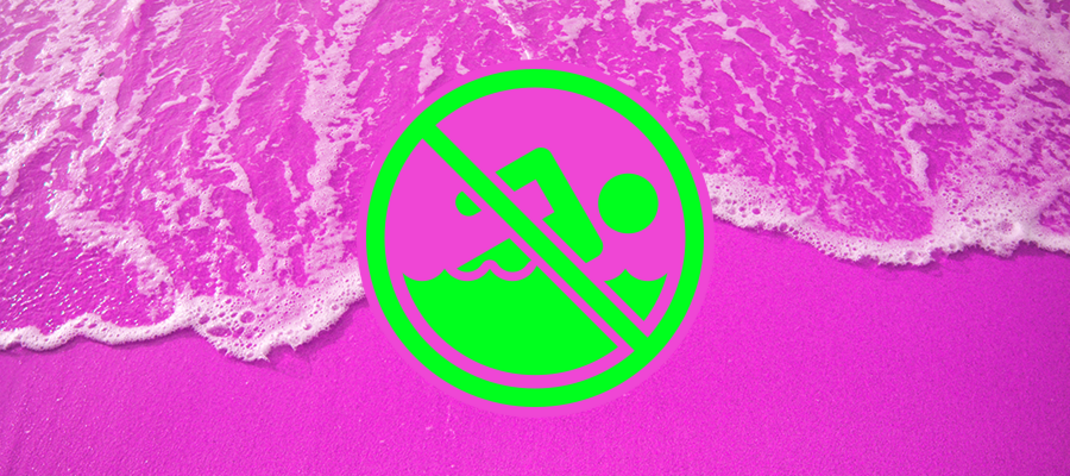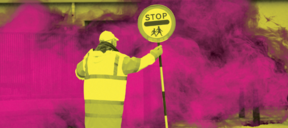
Effluent leaks have resulted in pollution incidents along the eastern coastline at least twice so far this year - and bathing restrictions were put in place at popular Dublin beaches.
What is being done to protect the bay and those who use it from such future discharges of semi-treated sewage?
One of the great joys of living in the capital is the easy access to our sand-fringed coastline and popular seawater swimming spots.
This recreational outlet is particularly important in summertime but a series of leaks into the Liffey Estuary and Dublin Bay has cast a cloud over such activities.
Irish Water has been charged with maintaining and improving the management of treating waste water but in March this year, the European Court of Justice ruled that Ireland has failed to uphold EU regulations for almost 30 of its wastewater treatment plants across the country.
An Bord Pleanála has granted permission for an upgrade of a key water treatment plant at Ringsend but will that be enough to prevent further discharges of semi-treated waste in 2019? Can Irish Water futureproof Dublin Bay against the pressures of a growing urban population and unpredictable weather events linked to climate change?
HELP US INVESTIGATE:
We want to examine how large volumes of sludge came to be released into Dublin Bay this year and what measures have been put in place to prevent a recurrence.
We will scrutinise the steps taken by authorities to minimise pollution - and what, if any, confidence the citizens of Dublin can have in the safety of their bathing water.
This project has been partially supported through the Noteworthy general fund and by Journal Media.




